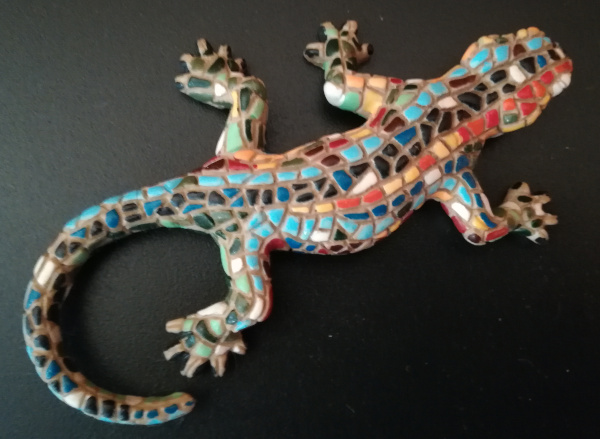Si trova su / Altri legami
© 2021 The American Ceramic SocietyRecently, lanthanides have been employed by researchers to examine their impact on the structure and properties of Li7La3Zr2O12 (LLZO) garnets. In this regard, we developed Europium oxide (Eu2O3) doped LLZO (Li7+Î’EuxLa3−ΒZr2−ΒO12−Β) solid electrolyte which demonstrates a cubic phase with the symmetry of Ia (Formula presented.) d (No.230) at room temperature. In this investigation, different concentrations of Eu ranging from 0.1 to 0.6 atoms per formula unit (pfu) were doped into Li7La3Zr2O12 to evaluate the impact of Eu on the stability of the cubic phase and thereby the ionic conductivity. The results unveiled that upon doping Eu3+ ions, the Eu2+ state is also formed and is then self–doped into the structure in which Rietveld refinement coupled with XPS, EPR, and solid–state NMR suggests that Eu3+ ions most probably partially occupy Zr4+ (16a) site, the Eu2+ ions occupy La3+ (24d) site, and the Li+ ions occupy two different sites (24d and 96h). It was further found that such a site preference induces distortion at LaO8 polyhedrons opening up the neck for Li–ions diffusion, thereby enhancing the ionic conductivity. Moreover, it was revealed that Li–ions probably hop from 96h to 24d and then to 96h site to generate the Li–ion movement. Overall, by introducing Eu ions into the LLZO structure, an enhanced bulk ionic conductivity of 0.30 × 10−3 S/cm at 298 K with a minimum electronic conductivity of 2.547 × 10−9 S/cm at 298 K was achieved.


